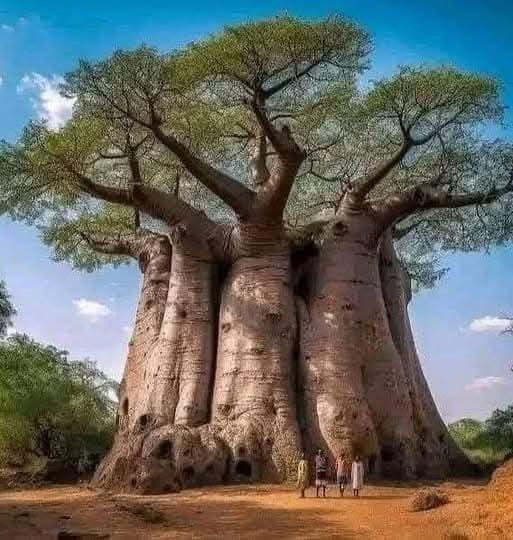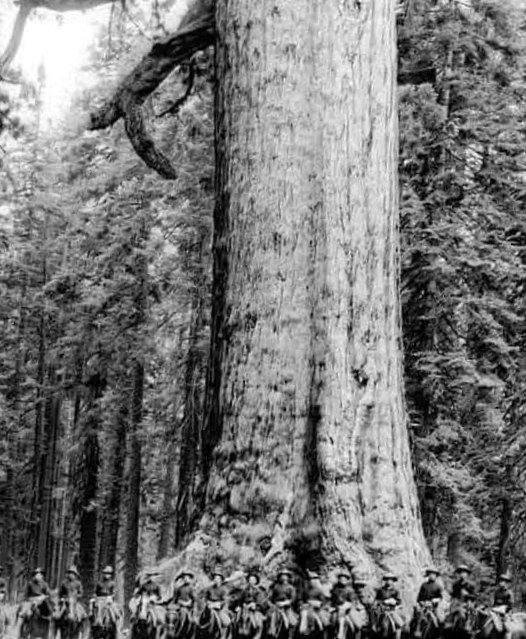Mandala of Rising Angels version II
[Verse 1]
In the stillness of the twilight glow,
Where the shadows dance and the soft winds blow,
Angels gather, making circles wide,
Caressing earth, where our spirits abide.
Their whispers linger in the evening air,
Guiding our souls, lifting burdens we bear,
With the sun’s warmth, water’s gentle embrace,
Stars shining bright, weaving dreams in space.
[Chorus]
In the mandala of rising angels, we find our way,
Every heartbeat like a petal in the fray,
From passionflowers to lily of the valley,
In the bloom of love, we’re forever free.
[Verse 2]
Beneath the canopy of tangled trees,
Dancing to the symphony of birds and bees,
Roses with thorns, rainbows in the mist,
Each moment cherished, not a chance to resist.
These sacred shapes evolve through time,
Spirals of healing, a rhythm, a rhyme,
Breath of the garden, angels keep circling,
Admiring the beauty in our hearts unfurling.
[Chorus]
In the mandala of rising angels, we find our way,
Every heartbeat like a petal in the fray,
From passionflowers to lily of the valley,
In the bloom of love, we’re forever free.
[Bridge]
Awaken guiding angels, illuminating the night,
Inspiring streams of laughter, teasing shadows to light,
This endless flow of hearts, where we merge and unite,
With every pulse, love conquers our fright.
[Verse 3]
Around the circle, spirits intertwine,
Tales of passion, of loss, and divine,
In whispers and laughter, we trace the design,
Every jewel of silence, a story, a sign.
The earth is a canvas, the sky is our guide,
Through valleys and mountains, our dreams abide,
In the colors of dusk and the glow of the morn,
Each angel spreads wings, as a new day is born.
[Chorus]
In the mandala of rising angels, we find our way,
Every heartbeat like a petal in the fray,
From passionflowers to lily of the valley,
In the bloom of love, we’re forever free.
[Outro]
So let us dance in this circle of flight,
Where angels shine bright, and dreams take flight,
In the mandala of love, where our hearts ignite,
Together forever, in the endless light.
Stan Rams Art Media Amsterdam
#gospel #anthem #mp3
[Verse 1]
In the stillness of the twilight glow,
Where the shadows dance and the soft winds blow,
Angels gather, making circles wide,
Caressing earth, where our spirits abide.
Their whispers linger in the evening air,
Guiding our souls, lifting burdens we bear,
With the sun’s warmth, water’s gentle embrace,
Stars shining bright, weaving dreams in space.
[Chorus]
In the mandala of rising angels, we find our way,
Every heartbeat like a petal in the fray,
From passionflowers to lily of the valley,
In the bloom of love, we’re forever free.
[Verse 2]
Beneath the canopy of tangled trees,
Dancing to the symphony of birds and bees,
Roses with thorns, rainbows in the mist,
Each moment cherished, not a chance to resist.
These sacred shapes evolve through time,
Spirals of healing, a rhythm, a rhyme,
Breath of the garden, angels keep circling,
Admiring the beauty in our hearts unfurling.
[Chorus]
In the mandala of rising angels, we find our way,
Every heartbeat like a petal in the fray,
From passionflowers to lily of the valley,
In the bloom of love, we’re forever free.
[Bridge]
Awaken guiding angels, illuminating the night,
Inspiring streams of laughter, teasing shadows to light,
This endless flow of hearts, where we merge and unite,
With every pulse, love conquers our fright.
[Verse 3]
Around the circle, spirits intertwine,
Tales of passion, of loss, and divine,
In whispers and laughter, we trace the design,
Every jewel of silence, a story, a sign.
The earth is a canvas, the sky is our guide,
Through valleys and mountains, our dreams abide,
In the colors of dusk and the glow of the morn,
Each angel spreads wings, as a new day is born.
[Chorus]
In the mandala of rising angels, we find our way,
Every heartbeat like a petal in the fray,
From passionflowers to lily of the valley,
In the bloom of love, we’re forever free.
[Outro]
So let us dance in this circle of flight,
Where angels shine bright, and dreams take flight,
In the mandala of love, where our hearts ignite,
Together forever, in the endless light.
Stan Rams Art Media Amsterdam
#gospel #anthem #mp3
Mandala of Rising Angels version II
[Verse 1]
In the stillness of the twilight glow,
Where the shadows dance and the soft winds blow,
Angels gather, making circles wide,
Caressing earth, where our spirits abide.
Their whispers linger in the evening air,
Guiding our souls, lifting burdens we bear,
With the sun’s warmth, water’s gentle embrace,
Stars shining bright, weaving dreams in space.
[Chorus]
In the mandala of rising angels, we find our way,
Every heartbeat like a petal in the fray,
From passionflowers to lily of the valley,
In the bloom of love, we’re forever free.
[Verse 2]
Beneath the canopy of tangled trees,
Dancing to the symphony of birds and bees,
Roses with thorns, rainbows in the mist,
Each moment cherished, not a chance to resist.
These sacred shapes evolve through time,
Spirals of healing, a rhythm, a rhyme,
Breath of the garden, angels keep circling,
Admiring the beauty in our hearts unfurling.
[Chorus]
In the mandala of rising angels, we find our way,
Every heartbeat like a petal in the fray,
From passionflowers to lily of the valley,
In the bloom of love, we’re forever free.
[Bridge]
Awaken guiding angels, illuminating the night,
Inspiring streams of laughter, teasing shadows to light,
This endless flow of hearts, where we merge and unite,
With every pulse, love conquers our fright.
[Verse 3]
Around the circle, spirits intertwine,
Tales of passion, of loss, and divine,
In whispers and laughter, we trace the design,
Every jewel of silence, a story, a sign.
The earth is a canvas, the sky is our guide,
Through valleys and mountains, our dreams abide,
In the colors of dusk and the glow of the morn,
Each angel spreads wings, as a new day is born.
[Chorus]
In the mandala of rising angels, we find our way,
Every heartbeat like a petal in the fray,
From passionflowers to lily of the valley,
In the bloom of love, we’re forever free.
[Outro]
So let us dance in this circle of flight,
Where angels shine bright, and dreams take flight,
In the mandala of love, where our hearts ignite,
Together forever, in the endless light.
Stan Rams Art Media Amsterdam
#gospel #anthem #mp3
1
0 Reacties
0 Shares







